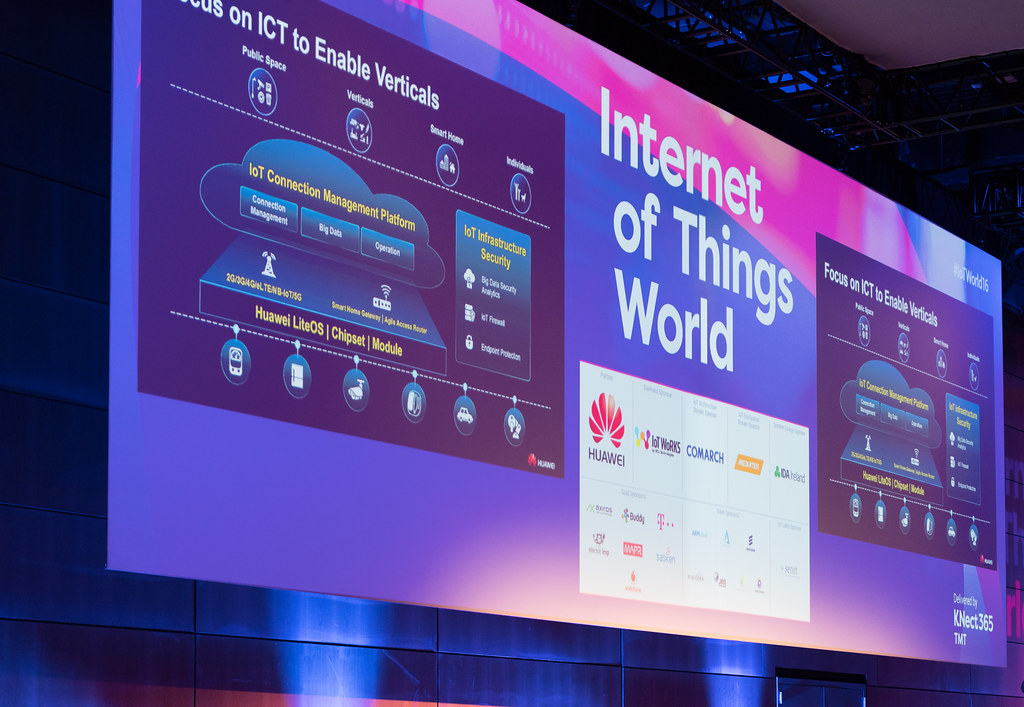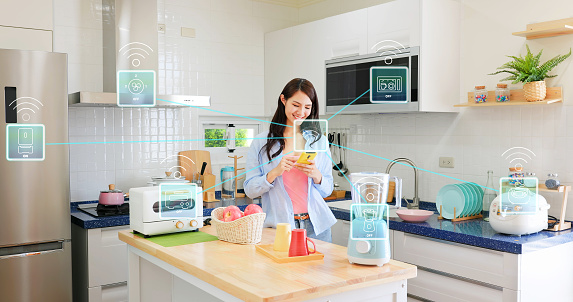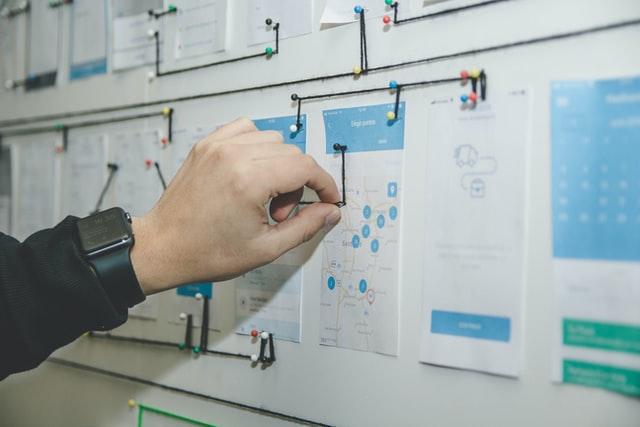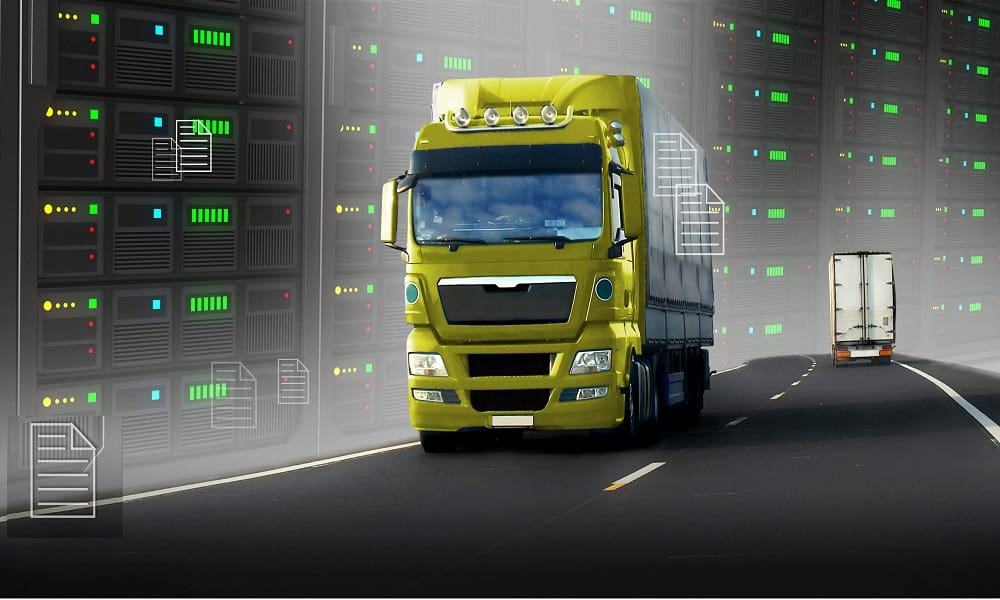Internet of Things, IoT Services & Solutions in New Zealand- OptiTrac

7 Step Guide To IoT Device Management
The power of IoT device management is transformative. It empowers businesses to adopt a data-driven approach, helps them create new models, and facilitates the improvisation of existing models.
The Internet of Things is about collecting and exchanging data over multiple scattered devices. Thus, there are a lot of intricacies that need to be taken care of in the process. This is where the importance of IoT device management comes in. For instance, if a device goes offline, an administrator has to be able to access the device for troubleshooting.
Managing IoT devices and applications is similar to monitoring an ant colony. Like ants, each IoT device in a network has a set mission. Connected device management becomes significant for accessing and maintaining devices that perform tasks and critical applications. These devices have to be monitored for security and updated with patches from time to time.
IoT devices need to be integrated with IoT application management tools to ensure their seamless workflow. In today’s blog, we will discuss the essentials of IoT device management.
What Is IoT Device Management?
IoT device management refers to the ability to remotely access and manage the functionality of the deployed IoT devices. It involves processes that include registering, configuring, maintaining, monitoring, and provisioning connected devices.
Several factors determine IoT device management. These factors can include the size of the network, how widely dispersed the devices are, whether the devices are physically accessible, and so on.
However, regardless of the number or geographical location, there must be a check on these devices to ensure they periodically update their capabilities and download security patches to stay up-to-date.
When IoT device management is not implemented, IoT network managers cannot proactively monitor their deployed network or keep the security of the devices updated. This can leave the IoT devices vulnerable and compromised for security breaches.
Most significant cloud providers such as Google Cloud IoT and Azure IoT Hub include IoT device management services and offerings.
How Does IoT Device Management Work?
There are several steps involved in IoT device management work. These steps include integrating a device into the network, monitoring it, and ensuring its troubleshooting.
1. Device Provisioning or Registering
This is the first step in IoT device management. It refers to a first-time setup that creates an account, sets up the network connection, etc. Device provisioning is often synonymous with registering.
There are billions of smart IoT devices running on the Internet worldwide. Every single device needs to be connected to the web to start operating. Thus, the first step is device provisioning.
Provisioning also involves customizing your devices and changing off-the-shelf settings to those required for the device to be integrated into the network. You can either register one device at a time or multiple based on your requirements.
2. Authentication
Authentication refers to verifying a device’s identity as it gets enrolled into the IoT network, and it also authenticates the users during the login. Proper IoT device management guarantees that only authorized devices are enrolled, and this helps in preventing any unforeseen intrusions and keeping proprietary information confidential.
To enable authentication, administrators have to establish device and network security settings to block any unwanted access attempts.
3. Configuration
IoT Configuration is very similar to the device provisioning process, and it includes customizing the functionality of your IoT devices based on your needs and requirements. For instance, users can add sophistication and intelligence to an IoT device, optimize its features, revise its settings, or add new requirements.
IoT devices have often been compared to living organisms. Thus, they often need to be configured beyond the initial setup phase. It is important to configure IoT devices securely and efficiently.
4. Control and Management
Once IoT devices are successfully authenticated, configured, and connected to the network, users have to be able to control them remotely. In most cases, the behaviour of IoT devices is established in the provisioning and authentication phases to automate its features.
Administrators also need IoT device control capabilities to access these devices across the network. Examples include each device being securely running and optimized to complete its mission, making necessary adjustments to settings, remotely rebooting devices, and so on.
5. Monitoring
Remote monitoring of IoT devices is a key feature of IoT device management. It supports a range of objectives, such as:
- System metrics: This is to view device uptime and other events that occur across the network
- Data reporting: This is done to gain critical insights on user-defined data points. These data points include measurements and other sensor data.
- Notifications: User-defined notifications are established to support critical decisions and for predictive maintenance. To prevent data loss and critical system failure, users and administrators must be notified of network changes affecting performance.
- Security: One of the most important features of IoT device management is the ability to identify and remediate security breaches. This makes sure that the devices are up-to-date and not compromised in any way.
6. Diagnostics
Administrators also can execute diagnostics on the health of IoT devices, and this helps them identify bugs and troubleshoot issues swiftly and efficiently. Performing diagnostics has several benefits, including remediating issues remotely and identifying issues quickly.
7. Software Updates
Today, IoT devices are smart and have built-in software attributes to manage their functionality and security. These software attributes bring IoT devices to life and establish their role in the server. It also manages the prevention of any cyberattacks, malware, and viruses.
In conclusion, the role of an IoT device management tool is to provide IoT solutions with convenience, remote access, and security.
As one chooses an IoT device management platform, they need to prioritize factors such as robust APIs, customizable dashboards, data analysis metrics, and the platform’s ability to group and control devices and send custom scripts to deployed devices.
An IoT device management platform can help businesses expand their IoT network at a minimal cost.
With OptiTrac’s IoT device management services, one can rest assured of the quality of their IoT ecosystem. They make customized plans that can be seamlessly integrated with the company’s needs and are effective and sustainable in the long run.
Frequently Asked Questions
Q1. Why is IoT Device Management Important?
IoT device management is crucial for accessing and maintaining devices that perform tasks and report data in mission-critical applications. These devices must be monitored for security and uptime and updated with patches and enhancements.
Q2. What are the Basic Requirements for IoT Device Management?
The basic requirements for IoT device management include provisioning and authentication, configuration and control, monitoring and diagnostics, software updates and maintenance, and so on.
Q3. What is an IoT Manager?
An IoT manager is a product professional who drives the business strategy and development of products and services connected to the IoT network. The roles usually vary from one industry to another.
Similar Posts

5 Top IoT Tools To Check Out In 2022
The experts predict that the number of active IoT devices will exceed 25.4 billion in 2030. It is......

What Is Project Management Software And What Does It Do?
If you are a budding entrepreneur or a project manager, the right project management software will change your......

What Is Fleet Management System And Its 3 Benefits
During heavy rains in London, Company XYZ fell behind their deliveries, costing the firm a lot of money.......
